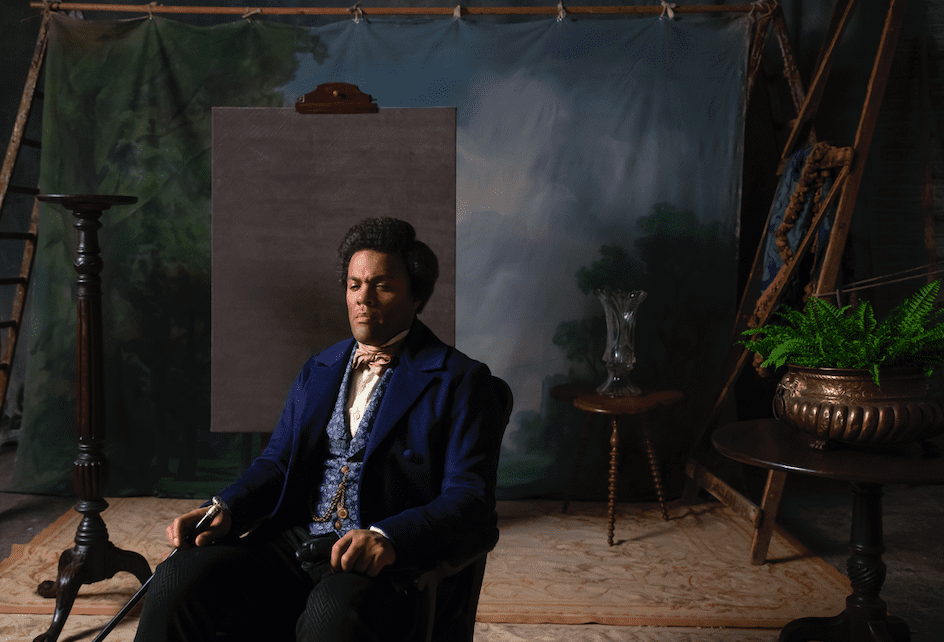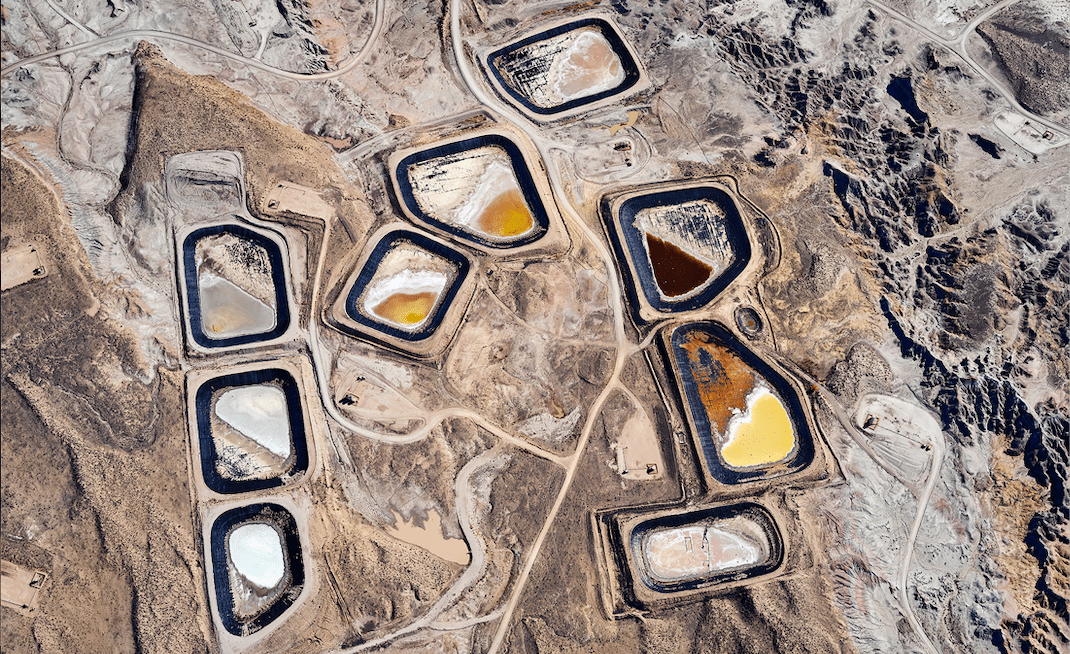By Catie Crandell, Humanities Council
A year ago, Professor of English Eduardo Cadava thought he would spend Spring 2021 taking a group of students to the Arctic for the third iteration of his course Conflict Shorelines, co-taught with Eyal Weizman, the founder and director of the Forensic Architecture Agency in London. When the pandemic put those plans on a pause, Cadava cooked up a radically different but equally powerful graduate course, “The Work of Art in the Age of Its Technological Reproducibility.”
“I’m very interested in the politics of the image and how art can be a resource for doing political work in the present,” explains Cadava, who designed the course around ten artists whose virtual visits were supported by a Rapid Response Grant from the Humanities Council.
“In the first session of the seminar, I had this ‘Princeton moment’,” explains Florian Endres (Comparative Literature, G1), “we are not just reading these people, they’re all actually going to show up!” The great privilege of speaking with practicing artists about their craft has been a rich experience not just for students, but also for the artists. “These are world-renowned artists—MacArthur fellows, Hasselblad Award winners, Magnum photographers (one has even been named “Commander of the Most Excellent Order of the British Empire”!)—all of whose work has been exhibited around the globe,” and yet, Cadava muses, the course has been “not just about how much we have gotten from these encounters, but also what the artists themselves have gotten from them. It’s been great for them to discuss their projects with the students and to experience their work having another life because of these discussions.”
For Maggie Hire (Art and Archaeology, G1), the impressive range of artists that Cadava garnered as guests solidified her interest in the course. “It’s one of the few courses when we work with people who are actually alive,” points out Anthie Georgiadi (English, G1), who also appreciates how “all the works of art are so intimately connected with what’s happening in the world.”

“I want the students to experience a panorama of how different artists intervene in particular contexts,” states Cadava. To that end, the seminar looks at everything from Susan Meiselas’s Nicaragua, which documents the Sandinista National Liberation Front’s effort to oust the Somoza dictatorship in 1978-79, to Allan Sekula’s Fish Story, which explores the ocean as a site of globalization and internationalization of industrial economies, to Isaac Julien’s ten-installation film devoted to Frederick Douglass. Students recall being especially moved by Alfredo Jaar’s 1999 project called Lights in the City, which brought dignity and recognition to Montreal’s primarily invisible homeless population. Other artists speak to the stagecraft of power, the contemporary history of Lebanon, the immigrant crisis in Europe, indigenous people of Brazil, and the effects of mining and drilling on Utah’s landscape and native communities.
“It’s one of the very few classes where time just evaporates,” Endres states, “There is never enough time to ask all the questions we want to ask of the artists. It’s amazing!”
















